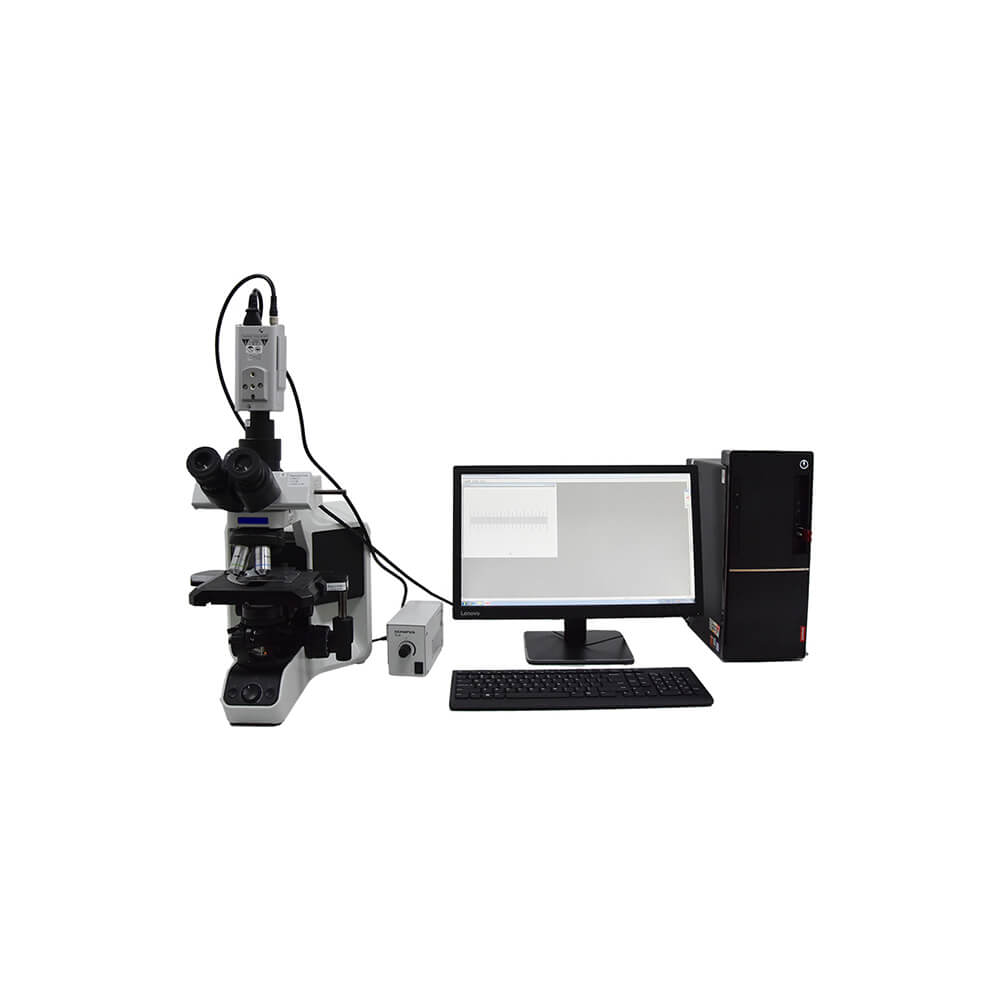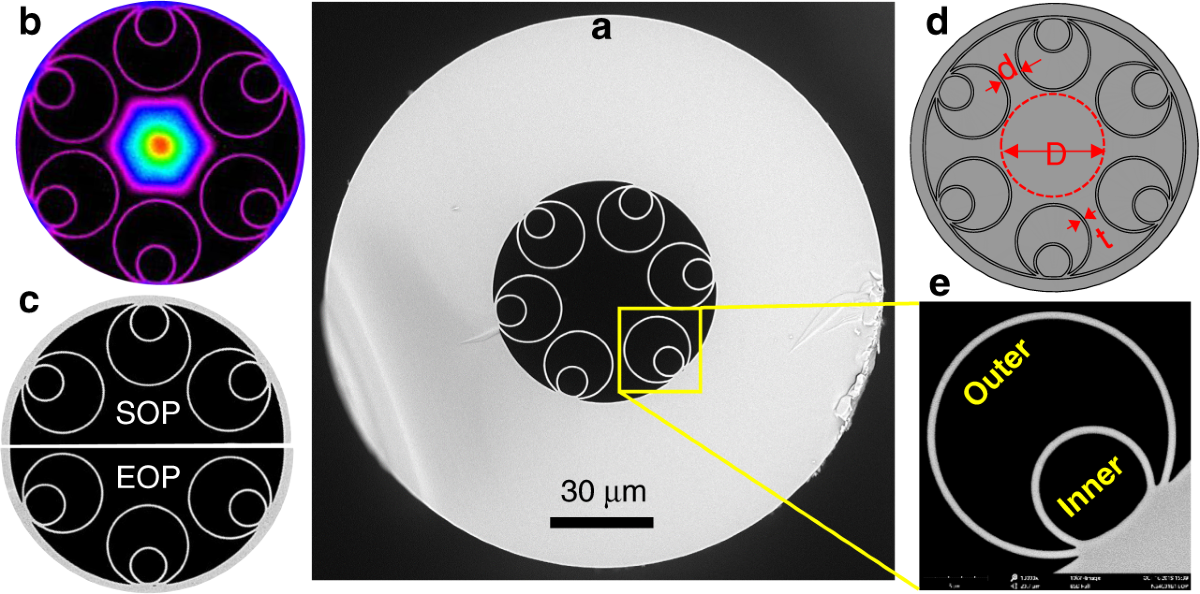Advanced Technology for Optical Fibre Diameter Analyser Precision
Advanced Technology for Optical Fibre Diameter Analyser Precision
Blog Article
Maximize Your Fibre Optic Performance: Comprehending Optical Fibre Diameter Analyser Modern Technology
The performance of fibre optic systems is seriously affected by the precision of their diameter, a variable commonly forgot in the quest of ideal signal integrity. Recognizing the modern technology behind optical fibre diameter analysers discloses the complex balance in between measurement accuracy and manufacturing high quality. These devices not just improve compliance with sector standards yet likewise offer real-time understandings that can preemptively attend to possible concerns. The ramifications of their usage prolong beyond simple measurement; they can basically change the landscape of fibre optic effectiveness. What variables should one think about to harness their full capacity?
Significance of Optical Fiber Diameter
The size of optical fibre plays a vital duty in figuring out the efficiency and efficiency of communication systems. Conversely, smaller diameters have a tendency to support less modes, which can boost signal quality and lower crosstalk.

In addition, recognizing the size's ramifications can result in cost financial savings by reducing the need for signal boosting and repeaters in considerable networks (optical fibre diameter analyser). In verdict, the significance of optical fibre size can not be overemphasized, as it directly impacts the total efficiency and reliability of modern-day communication systems

Exactly How Diameter Influences Signal Quality
Signal quality in optical fiber systems hinges dramatically on the size of the fiber. A smaller sized size can lead to higher attenuation rates, resulting in signal loss as light journeys with the fibre.
Alternatively, larger sizes generally allow for boosted light capture and reduced modal dispersion, improving signal clearness. In multimode fibres, a larger core diameter can sustain numerous light settings, but it might also introduce intermodal diffusion, which can degrade signal high quality. As a result, choosing the optimum fibre size is essential for attaining the desired performance in details applications.
Furthermore, the interaction in between the fibre diameter and the wavelength of the light utilized plays an essential duty in establishing the effective transmission distance and overall signal stability. Understanding exactly how fibre size influences signal high quality is necessary for network developers and engineers aiming to enhance optical fiber systems for reputable, high-speed information transmission.
Overview of Size Analyser Modern Technology
In many optical fibre manufacturing procedures, accurate measurement of fiber size is important for making sure constant efficiency and high quality (optical fibre diameter analyser). Size analysers are innovative instruments made to analyze the physical measurements of optical fibers with high accuracy. They employ advanced optical and laser innovations to measure the size, ovality, and concentricity of the fibre, thus giving essential information for quality assurance
These analysers can operate in-line throughout the manufacturing procedure or as part of off-line testing methods. In-line systems make it possible for real-time monitoring, allowing manufacturers to adjust parameters right away, thus keeping optimal production problems. Off-line analysers, on the various other hand, provide comprehensive assessments of batches, making certain that any variances from defined resistances are determined and addressed.
Size analysers considerably add to the reduction of problems in optical fibers, improving overall product reliability. By continually determining key specifications, these technologies help with conformity with sector criteria and specs. As the need for high-performance optical fibres continues to increase, the duty of size analysers comes to be progressively important in attaining the preferred top quality and performance requirements in fiber optic systems.
Trick Attributes of Fibre Size Analysers
Although various designs of fibre size analysers exist, they typically share numerous key functions that boost their performance and dependability. One of one of the most considerable attributes is high-resolution measurement capabilities, which make certain accurate diameter analyses, vital for keeping quality assurance in fiber manufacturing. In addition, lots this content of analysers incorporate sophisticated optical sensors developed to find minute variants in fibre size, hence offering very useful data for process optimization.
Another important function is visit homepage real-time surveillance, enabling drivers to get immediate comments on fibre diameter throughout the manufacturing process (optical fibre diameter analyser). This capability facilitates fast adjustments and lowers the possibility of flaws. Several analysers likewise come geared up with easy to use interfaces, making it possible for operators to quickly navigate via setups and information results
Furthermore, durable information storage space and analysis performances are crucial for tracking historical performance patterns and making certain compliance with industry requirements. Some designs also supply connectivity options for combination into existing production control systems, boosting overall operational efficiency. Finally, small and mobile layouts permit versatile implementation within manufacturing atmospheres, making sure that quality control procedures are smooth and efficient. These functions jointly add to the efficiency of fibre diameter analysers in optimizing fibre optic efficiency.
Finest Practices for Fibre Optimization

First, regular calibration of optical fiber diameter analysers is important. This ensures exact measurements and minimizes possible inconsistencies that could influence performance. Next off, preserving a clean workplace is crucial; dust and pollutants can cause signify destruction.
Furthermore, it is essential to pick fibres that fulfill specific application requirements. This includes evaluating variables such as attenuation, transmission capacity, and environmental conditions. Proper installment techniques must also be complied with, consisting of avoiding sharp bends and too much stress, which can compromise fiber integrity.
Moreover, using sophisticated tracking systems can promote real-time performance evaluations, making it possible for prompt identification of concerns. Normal testing and maintenance need to be conducted to guarantee that fibers remain within ideal operational criteria.
Last but not least, training personnel on the current fiber optimization modern technologies and approaches will improve their capability to carry out reliable strategies. By complying with these finest methods, companies can considerably enhance the efficiency and life-span of their optical fibre systems, ensuring reliable interaction and data transfer.
Conclusion
In final thought, the combination of optical fibre diameter analyser innovation is critical for taking full advantage of fiber optic efficiency. By making sure accurate measurements of fiber measurements, these analysers substantially enhance signal high quality and decrease losses during information transmission. Regular calibration and maintenance of the analysers are crucial to maintain ideal performance and compliance with industry criteria. Inevitably, the application of this modern technology assists in enhanced information transmission prices and reinforces signal honesty, adding to the general effectiveness of fibre optic systems.
Signal quality in optical fiber systems pivots significantly on the size of the fiber.In many optical fiber manufacturing procedures, accurate dimension of fibre size is crucial for making certain constant efficiency and top quality. As the demand for high-performance optical fibers continues to increase, the function of size analysers ends up being increasingly essential in achieving the desired high quality and performance criteria in fibre optic systems.
These features collectively add to the efficacy of fiber size analysers in optimizing fiber optic see here now performance.
In final thought, the combination of optical fibre size analyser modern technology is essential for making best use of fibre optic efficiency.
Report this page